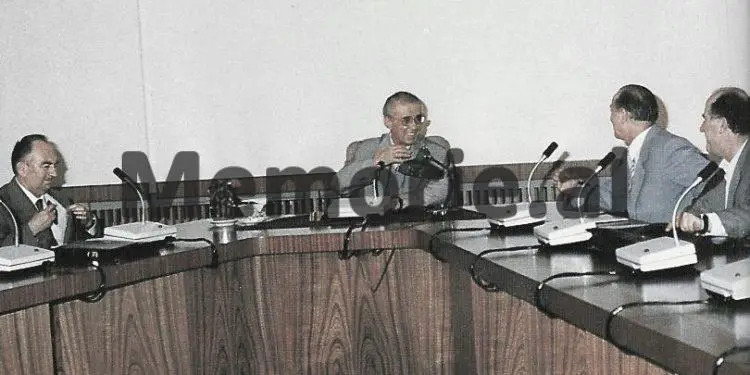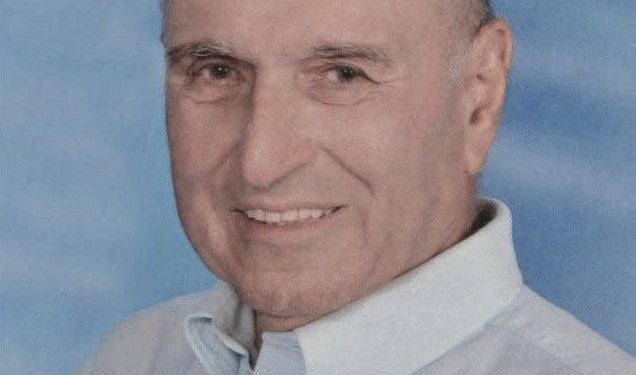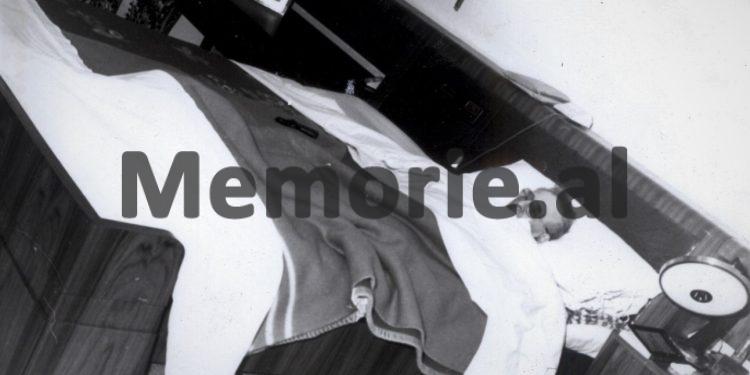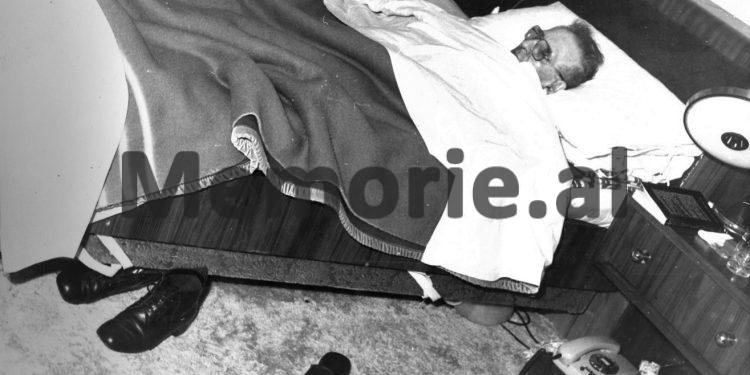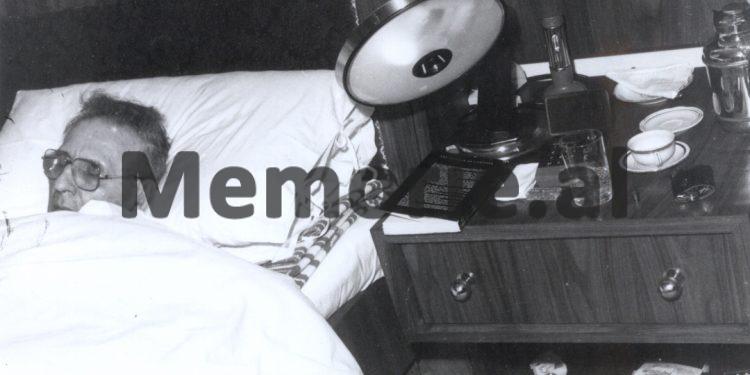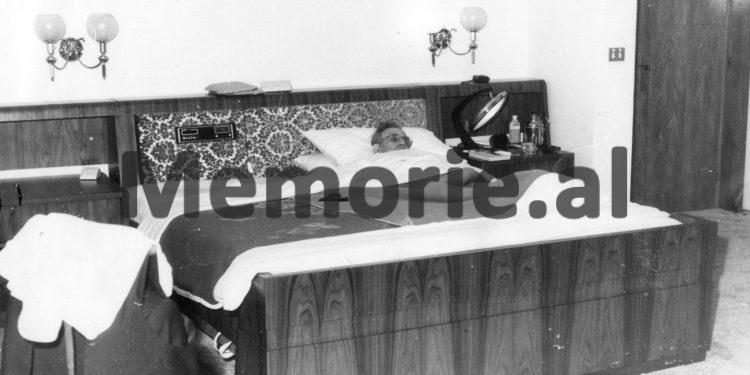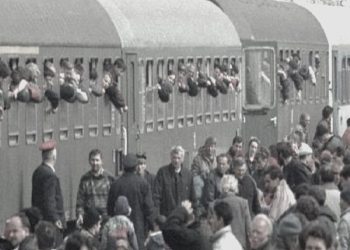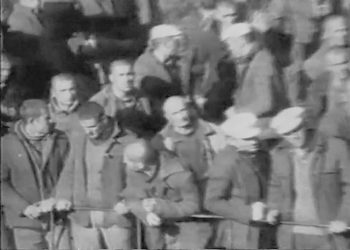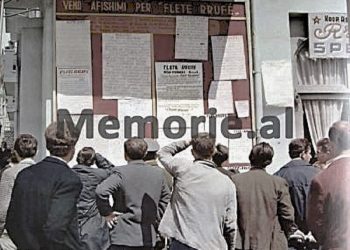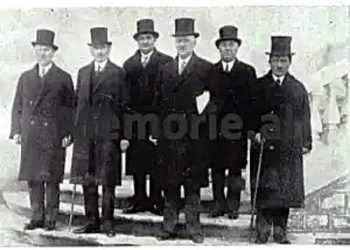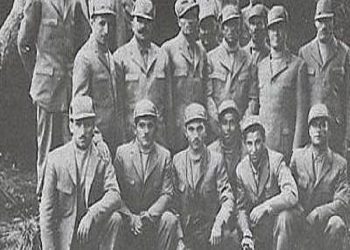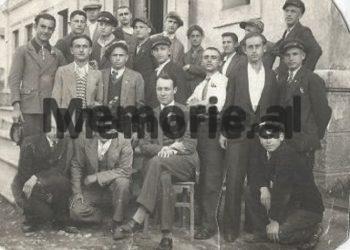By Prof. Dr. Bardhyl Çipi
Part eight
Prof. Çipi: “I recount the cases when I was called to perform forensic examinations on people killed at the border, in an attempt to escape from Albania!”
SCIENTIFIC EVIDENCE OF IMPRESSIVE DEATHS
(Public figures, victims of dictatorship, and other events)
Memorie.al / Bardhyl Çipi, one of the most experienced specialists in our country in the field of Forensic Medicine and Bioethics, their teaching, and the training of new forensic experts. Some of his cases include: victims killed at the border while trying to escape the communist dictatorship, one whose hidden corpse was discovered with the help of his loyal dog, the interned woman who killed herself out of despair, citizens of Kosovo killed by Serbs for seeking to live free and avoid humiliation and torture, residents who lived in Albania 1,500 years ago, a robbed and murdered professor from the University of Tirana, etc. A book about death and scientific evidence for uncovering its various types: murder, suicide, those stimulated and coerced by the communist regime, murders and genocide against Albanians by their neighbors, fresh or decomposed and skeletal remains. Documents on the deaths of prominent figures: Kennedy, Lincoln, Napoleon, Lenin, Trotsky, etc., and other events involving the deaths of ordinary people. Knowledge about post-mortem changes and the examination of corpses worldwide and in our country, from a historical, ethical, forensic, and legal perspective. Some of his latest books are: “Forensic Medicine Manual” (2015), “Bioethics in Albania nowadays” (2016), “Albanian Transition under the Magnifying Glass of Forensic Medicine” (2018), “Forensic Medicine Criminology” (2020).
Continued from the previous issue
Scientific Evidence Proving that Mehmet Shehu’s Death Was Murder
(Forensic Criminology Analysis)
One of the most sensational events in our country, which is still the subject of numerous discussions reflected in the press and media, and even in many scholarly and literary publications such as novels, is the death of former Prime Minister Mehmet Shehu.
According to the official version, Mehmet Shehu, Prime Minister of the People’s Socialist Republic of Albania, on the night of December 17, 1981, in a moment of nervous breakdown, killed himself, because in a final meeting of the Political Bureau of the Central Committee of the Party of Labour of Albania, he had just been very harshly criticized by E. Hoxha and the other members of this bureau.
However, after the 1990s, this version was not accepted by Mehmet Shehu’s relatives, friends, and many other sympathizers. They publicly declared that he was murdered. The main scientific argument for the murder is based on the fact that after this serious event, the high state and party authorities did not allow an autopsy to be performed on M. Shehu’s corpse, while in other similar cases, it was done.
Since then, there have been numerous articles and books in the media and press attempting to argue for murder. On the other hand, people in Enver Hoxha’s circle, his relatives, those who had served him, and many of his other followers, defend the official version of suicide.
Precisely at this time, around the year 2000, mainly to strengthen this position, the main materials of the investigative file on M. Shehu’s death were published in our daily press, including the crime scene inspection report, the acts of forensic and criminalistic examinations, accompanied by many photos of the corpse, as well as the testimonies of family members and persons who had served M. Shehu the day before he died.
But the most important argument supporting suicide was undoubtedly the so-called farewell letter of M. Shehu, which he had allegedly left before killing himself. This letter appeared and was published in the year 2000 by Paskal Milo, over 20 years after M. Shehu’s death. Subsequently, there have been many discussions, even published, with numerous fabricated justifications, mainly of a psychological nature, attempting to reinforce the official version of suicide.
In these circumstances, as a forensic expert, I do not think I will be violating the principle of confidentiality by analyzing this event, the details and expertise of which have been presented and discussed in all their details in the press and media of our country. Likewise, I believe that I will not affect the dignity and independence of my colleagues who carried out the expertise of this case.
In fact, the idea of examining this event in relation to its expertise has been with me for many years, but I think that only now has the time come for me to do this analysis, in the spirit of forensic criminology, to give the most mature opinion possible on the truth of this event, which will serve for the most complete clarification of the public opinion in our country.
As is known, forensic criminology takes into account not only the data from the inspection of the corpse, but also the investigative and criminalistic materials, and many others, to help the justice organs reconstruct the criminal event from a forensic and criminalistic perspective, thus making its legal classification possible: murder, suicide, or accident.
What are the data from the inspection of the crime scene and the corpse, as well as the documents of the forensic and criminalistic expertise and testimonies?
–The Crime Scene Inspection Report, carried out by the head of the Tirana investigation at that time, with the participation of the Chief of the Forensic Expertise Bureau in Tirana, another forensic expert, and a criminalistic expert, describes in detail the bedroom of the house where Prime Minister M. Shehu was found dead.
In this room, among other things, a bed with a width of and a height of , and a nightstand on the left side of the bed are described. Various items are found on the nightstand, such as medication, etc., as well as a glass with a yellow liquid and a pistol cartridge case, caliber , which smells slightly of gunpowder when sniffed.
The bed has a sofa-like spring, a thick mattress and a thin one on top, a white sheet, and a double and a single blanket.
On the left side of the bed, the corpse is found, of a male, about 70 years old, lying on its back with the head slightly raised, placed on two pillows and a folded blanket underneath them; both hands are bent at the elbows resting on the body, with fingers half-clenched; the body is covered with a blanket and the bed sheet, up to the chin.
After moving the corpse, a penetrating hole with a diameter of is seen on the lower edge, almost in the middle of the upper pillow, with a dark red stain, above it; the lower pillow has a hole, and in its upper part, to the left, there is a dark red stain, .
In the blanket folded into eight parts, on the lower edge, almost in its middle, there is a penetrating hole with a diameter of . In the sheet, embedded in the mattress, from the left and from the head, a caliber bullet is found, which is taken as material evidence.
Almost in the middle of the bed, on the top blanket, away from the right hand and to the right of the corpse, a “Makarov” type pistol is located, manufactured in 1954, with one cartridge in the chamber and five other cartridges in the magazine.
The corpse’s clothing consists of: a white poplin shirt and a white undershirt with 3 buttons (some of the shirt and undershirt buttons are unbuttoned), while underneath it has a pair of pajamas.
On the left side of the shirt, below the collar seam and to the left of the buttonhole edge, a cross-shaped tear injury is seen, with dimensions of ; the edges of the injury are dark, especially more pronounced in the upper part, all around, the shirt material in the mentioned spot appears with a dark tint, in an area extending from the right to a height of , from the left, above and below. Below this shirt injury, a red stain begins, with an irregular shape measuring .
On the left side of the undershirt and specifically below the collar and away from the chest opening, a damage is seen, almost round in shape and with a diameter of about ; the edges of the damage appear dark. Around the damage, in an area of about , there is a grey hematoma, below the damage, a red stain is noticeable, starting above it, in the form of erased lines, while below it widens up to and covers the entire shirt, extending to the end .
In the back part of the undershirt, below the collar seam, approximately in its middle, a damage is visible, almost round in shape, with a diameter of , with edges turned outwards.
In the description of the corpse itself, among other things, it is noted that:
-On the left side of the chest, from the midline, above the nipple level and below the clavicle, there is an oval soft tissue defect, , with a surrounding abrasion ring, wide, with tissue minus.
-On the left side of the back and specifically below the scapula angle and from the midline, a soft tissue injury is seen, almost round, with a diameter of .
-On the thumbnail of the right hand and to its left, there are dark blue stains that do not fade.
During the external inspection of the corpse, no other injuries were noted.
-The Forensic Act of Examination of citizen M. Shehu’s corpse makes the same description as in the crime scene inspection report, but regarding the dark blue spots on the thumbnail of the right hand, it is added that: they are from the action of gunpowder fragments, and it is also added that the right hand is clenched into a fist, with the index finger closer to the palm.
The conclusion of this act is presented as follows:
A through-and-through firearm wound was found on the body of citizen M. Shehu’s corpse, with an entry hole in the front left part of the chest and an exit hole in the left part of the back, with the characteristics mentioned in the descriptive part of this act.
The above injuries were caused by a single firearm shot, at a non-hermetic contact distance and directed from front to back, slightly from right to left and from top to bottom.
The death of citizen M. Shehu came from hemorrhagic shock, most likely as a result of the rupture of the heart or the large blood vessels originating from it.
Death must have occurred about hours before the time of the corpse inspection, which was carried out at 12:00.
The Technical-Ballistic Expertise Report of the pistol, cartridge case, and bullet found at the crime scene, as well as M. Shehu’s fingerprints, to be compared with those found on the movable carriage of the pistol.
This expertise, carried out on the day of the crime scene inspection (December 18, 1981), also supplemented with tests performed with the Griss and Diphenylamine reagents to detect supplementary factors of the shooting, concluded that: shots were fired today with the pistol, which is technically regular and suitable for shooting; the cartridge case and bullet found at the crime scene were fired with this pistol.
The fingerprint on the pistol is of the same type as the thumbprint of Mehmet Shehu’s left hand.
Testimonies of the persons who saw M. Shehu’s corpse for the first time: his son Vladimiri, the escort A. Çeno, and doctors M. Kostaqi and Ll. Rroku, etc., show that the corpse was found lying on its back, covered with a sheet and blanket, up to the neck, with glasses with a yellow metallic frame, and with the face directly towards the ceiling. Doctor Ll. Rroku saw a cartridge case about away from the bed, which he picked up and placed on the nightstand, on the left side of the bed where M. Shehu’s corpse was. /Memorie .al




